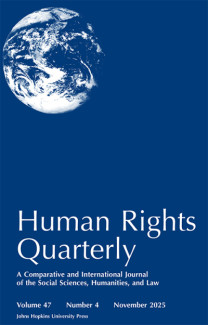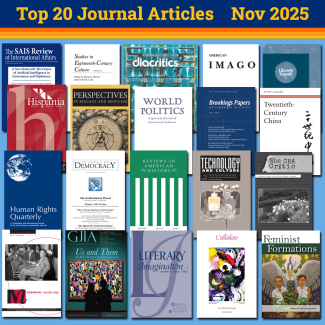 Guest post by Peter Filkins
Guest post by Peter Filkins
The 50
th anniversary of Sylvia Plath’s suicide on February 11, 1963, will no doubt cause many to pause and think what might have been if she had lived to write beyond the age of thirty. Many will reflect on the patriarchal forces she struggled against, or the role of her father’s early death or her mother’s controlling nature. Then there is Ted Hughes and his betrayal, as well as how she had to manage alone through the coldest winter in London in a hundred years as she tried to bottle the white heat of those final poems while taking care of two small children on a meager income. All of these seem part of the sad, insurmountable odds stacked against her, pulling her down into the abyss that now seems as inevitable as it was final.
However, what always seems at risk of being lost in discussions of Plath’s life and work is the sheer brilliance and power (and, yes, at times, the unevenness) of her poems. Just this week, writing in the
New York Times Book Review, Adam Kirsch notes, “With Plath, biography is a kind of criticism, and vice versa.” One could say the same for Robert Lowell or Byron or Sharon Olds, but somehow the burdens of biography seem all the heavier for Plath. Part of the reason is that her suicide provides both a striking finality to the life, as well as a magnet for speculations and theories about why it occurred. In addition, because Plath did not live even to middle age, and because she was not that well known among writers while alive, there is little beyond her own diaries, her novel
The Bell Jar, and the poems to turn to for the reasons why she killed herself.
But what Plath’s poems should command us to do is to celebrate their life, not just replay her death, for a poem should not be just a secret door opening onto the poet’s biography. Instead, biography should remain an infrequent and
sometimes useful tool to the life of a poem. It may, in fact, help to know that Plath’s favorite horse was named Ariel, for it provides immediate context to the
poem carrying the same name. However, there is a lot more to appreciate in the poem’s dense web of assonance and consonance, and the remarkable speed with which it has us off and running from the start:
Stasis in darkness.
Then the substanceless blue
Pour of tor and distances.
God’s lioness,
How one we grow,
Pivot of heels and knees!
By the end of the poem the speaker does indeed announce, “And I/ Am the arrow,// The dew that flies/ Suicidal . . . .” The event referenced here should not be the confirmation of what we, sadly, already know to be true, but rather the live wire strung between metaphor and metamorphosis that is the poem, or even the deft topple of “I” into “Am” via the line break. That the poem has thirty-one lines, which, poignantly enough, is one more than the thirty brief years of the poet, is an observation that, like the title, would also link it to biography. But again it would be something I would only want to arrive at
after full immersion into the poem’s words,
after experiencing the energy of its “drive/ Into the red// Eye, the cauldron of morning.”
Plath’s last poem,
“Edge,” begins with the pronouncement that “The woman is perfected,” which is often quoted as another blatant suicidal premonition. Whenever I read it, however, I am always reminded of Sean Connery’s line in a wonderful B-movie called
The Red Tent: “Perfection is death; nothing grows in it.” This, to me, has always been the problem with our jumping to narrow biographical or psychological readings of Plath’s poems, for they “perfect” or deaden them by turning them into mere evidentiary build up to her final end. Meanwhile, my eye drifts down to that final poem’s final two stanzas, where calmly, almost serenely
The moon has nothing to be sad about,
Staring from her hood of bone.
She is used to this sort of thing.
Her blacks crackle and drag.
Plath’s own “blacks crackle and drag” in the inked pages of her poems, and, at their best, they are as alive today as then. We are the ones left to keep up with what she rightly named in
“Words” the “indefatigable hoof-taps,” still galloping at full speed within them. We would do well to tap into such kinetic vigor when reading her work.
 Peter Filkins is the author of The View We’re Granted, a collection of poems published by The Johns Hopkins University Press.
Peter Filkins is the author of The View We’re Granted, a collection of poems published by The Johns Hopkins University Press.




